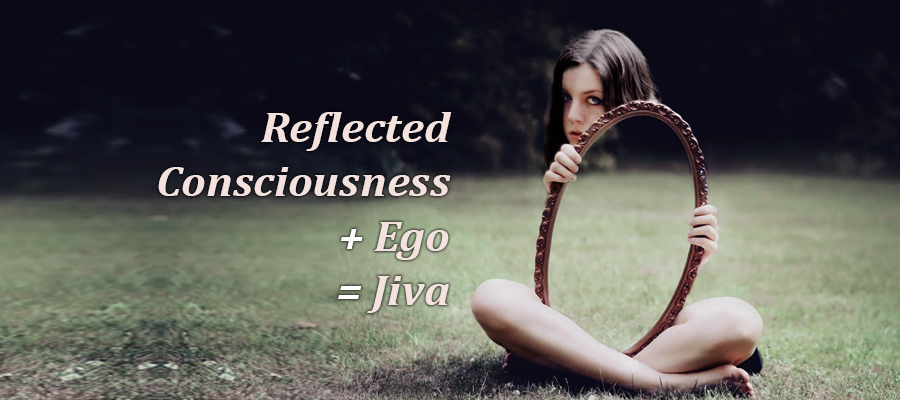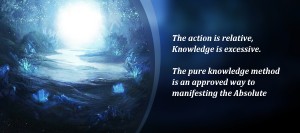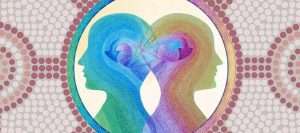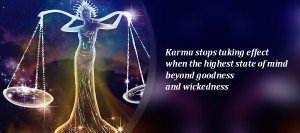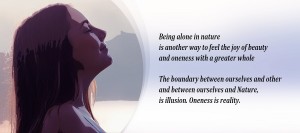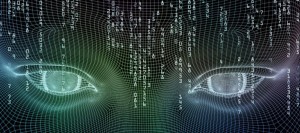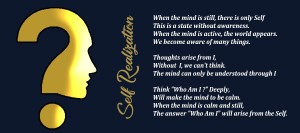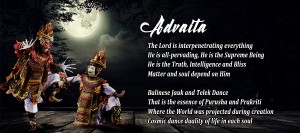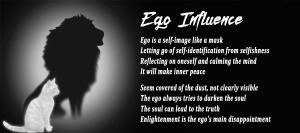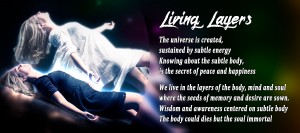Reflected Consciousness vs Original Consciousness
If I as atman am present in all jivas, basically, if my consciousness is everyone’s consciousness, if this jiva of mine gets liberated while others do not, what is the point of liberation, because samsara is guaranteed to those others who are not liberated and it is, again, me who will experience their lives?
To answer this question we need to clarify the nature of the Self and the jiva and the relationship between them, insofar as there is a relationship.
The Self, or awareness/consciousness/existence, is present in all jivas as you say. The jiva, the body-mind-sense complex, is essentially a reflecting medium for the Self, much as a mirror facing the sky is a reflecting medium for the sun. The Self illumines the jiva’s otherwise inert body and mind, granting it light and life, much as the sun illumines the mirror.
This is an important distinction. Just as the sun is the original light and the mirror is the reflected light, the Self is the “original consciousness,” and the jiva is the “reflected consciousness.” We call this reflected consciousness chidabhasa.
While it’s the same original consciousness illumining all the jivas, the reflection is different depending upon the quality of the reflecting medium (in other words, the countless different gross and subtle bodies). This explains the differences found in all the jivas and why, although they ultimately share the same (original) consciousness, we don’t experience things from the perspective of other jivas. It’s the same consciousness but appearing in different reflecting mediums, different subtle bodies.
When the Ken-jiva attains liberation, at the death of the gross body, the subtle body will resolve back into the causal body like a wave folding into the ocean. No further rebirth is necessary, as the karma has been neutralised by knowledge and the eradication of the notion of doership/ownership. You’ve recognised your nature as the ever-free Self – for which samsara never actually happened. If samsara had happened, there would have been a time when the Self was bound, which is impossible, as this would mean the Self was subject to limitation and modification, and were that the case, there could be no such thing as liberation.
Samsara is nothing but a thought; a misapprehension or false superimposition in the mind – in other words, a mind, subject to ignorance, mistakenly seeing a snake when there’s only a rope. As a power in awareness, maya is beginningless and without end, so the karmic cylce continues for all the other jivas in samsara, but it’ll be “game over” for the Ken-jiva (in the best possible way! ).
If this whole world is appearances in (I) consciousness, why are there other minds that can simultaneously interact with the “I”, but for them the “I” is the object and they are the subject?
Again, there is no “mine” when it comes to consciousness. There is only consciousness, completely impersonal. The danger in saying “I-consciousness” is that the ego jiva which claims, reflected consciousness thinks of itself as original consciousness. I think this may be the source of a lot of confusion. What is reflected is personal, and what is real is the impersonal totality, the self-shining and unchanging light from which the whole of Creation seems to appear.
There are different minds in maya because there are different reflecting media for consciousness. Even though the reflected light is the same, the reflection differs according to the medium.
How come this world of samsara is divided among others, like an online multiplayer game server, but at the same time it’s just an apparition that appears in my consciousness? Why does samsara have properties that everyone can agree on and appear to be objective truths?
The reason is that the empirical universe is what we call Isvara sristi: the creation of Isvara. Isvara is consciousness + maya at the macrocosmic level; in other words, the Self which is related to the totality, all body and mind. Jiva is consciousness + maya at the microcosmic level, i.e. the Self associated with one body and mind. The Jiva is a part of Isvara, and both Isvara and jiva are animated by the same consciousness.
This objective and empirical order of reality is called vyavaharika satyam. Again, as we have said, even though all of this Creation appears in the Self with the permission of maya, the Self is completely unaffected by Creation. In the order of absolute reality, which we call paramartika satyam, the Self is unlimited, formless, eternal and without any modification. The self does not undergo any change to become the world of forms. The change is only appearance and limited to the empirical world of vyavaharika, nature of objects, forms and experiences.
Should I regard others as dream characters, not real ones?
The others are as “real” as your soul. In the end nothing in maya is real. Our definition of real is “something that does not change and does not depend on anything else for its existence.
Maya is mithya, dependent reality, borrowing its existence from satya, the Self, or consciousness. In that case, all jivas are just names and forms, with no innate existence of their own. But every jiva is enlivened by chidabhasa, the reflected consciousness of the Self. In that case, you should regard others as basically the same as you, because that is one Self, one light, shining in countless forms.

